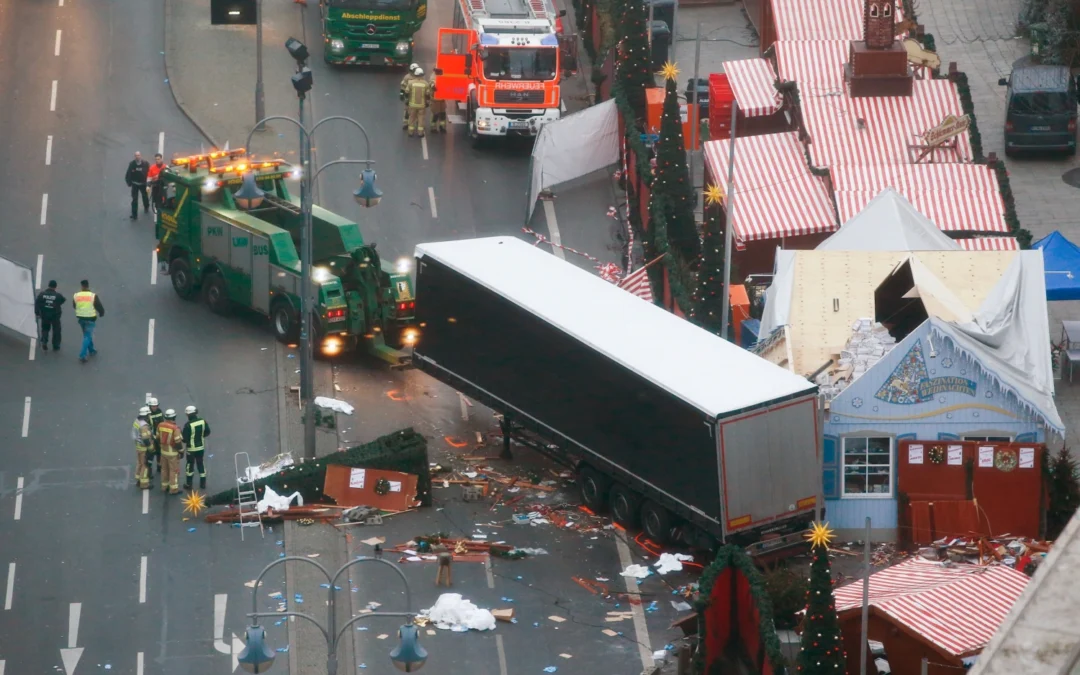The safety of attendees is paramount when organising any event, whether a bustling festival, a corporate gathering, or a public celebration. Unfortunately, one of the growing concerns for event planners today is the risk of terrorist vehicular attacks. These attacks, often carried out with devastating simplicity, aim to cause harm by using vehicles as weapons to breach security barriers and target crowds.
While the threat may seem daunting, effective planning and robust countermeasures can significantly reduce the risk. At Rockfort Security Consultants, we specialise in helping organisations and event planners safeguard their events. Here are actionable strategies to better protect your event from this type of threat.
1. Conduct a Comprehensive Risk Assessment
Begin with a thorough risk assessment to understand your event’s vulnerabilities and establish potential points of entry for vehicles. Evaluate factors such as:
– The size and layout of the event area
– Proximity to roads or high-traffic vehicle zones
– The expected number of attendees and crowd density
This assessment will provide a clear picture of where additional protective measures are needed.
2. Deploy Physical Barriers
One of the most effective ways to mitigate vehicular threats is to prevent vehicles from entering pedestrian zones altogether. Consider using:
– Concrete bollards or barriers: These are highly effective in stopping vehicles and can be strategically placed to secure perimeters.
– Crash-rated fencing: Designed to withstand vehicular impact, these fences can serve as an additional layer of protection.
– Portable vehicle barriers: Temporary solutions that are ideal for short-term events.
Ensure that these barriers are placed at all potential access points, including main entrances, side streets, and service routes.
3. Implement Controlled Access Points
Regulate vehicle access by designating specific entry and exit points for authorised vehicles. These access points should be monitored and secured by trained personnel who can:
– Verify vehicle credentials and conduct inspections.
– Use under-vehicle inspection tools to check for suspicious items.
– Enforce strict access protocols, such as vehicle passes and pre-approved registrations.
Restrict unauthorised vehicles from approaching pedestrian zones by maintaining a secure perimeter.
4. Enhance Surveillance and Monitoring
Advanced surveillance can help detect and respond to threats before they escalate. Equip your event with:
– CCTV systems with coverage of all access points, parking areas, and high-traffic zones.
– Drone monitoring to gain an aerial view of the event site and identify suspicious activity in real time.
– Vehicle detection systems that can identify and track suspicious vehicle movements near your event perimeter.
Integrating these systems with a centralised security operations centre ensures rapid response capabilities.
5. Train Security Personnel
Your event’s security team plays a crucial role in mitigating risks. Provide comprehensive training to ensure they are equipped to handle potential threats, including:
– Recognising signs of suspicious driver behaviour or unusual vehicle activity.
– Implementing crowd control measures in case of an attempted breach.
– Responding swiftly and effectively to emergencies, including evacuations.
Additionally, coordinate with local law enforcement to ensure access to rapid support if needed.
6. Design Safe Pedestrian Zones
Create pedestrian only zones that are entirely inaccessible to vehicles. To do this:
– Use pedestrian friendly designs with built-in barriers such as planters, benches, or decorative bollards.
– Clearly demarcate vehicle-free areas with signage and visual cues.
– Ensure emergency escape routes are well-marked and free from obstructions.
By separating vehicles from pedestrians, you reduce the risk of harm even if an unauthorised vehicle breaches the outer perimeter.
7. Coordinate with Local Authorities
Collaboration with local law enforcement and emergency services is essential. They can provide valuable support, such as:
– Deploying police presence near your event perimeter.
– Sharing intelligence on potential threats in the area.
– Assisting in the development of a comprehensive emergency response plan.
Establishing clear communication channels with these authorities ensures a unified and effective response in case of an incident.
8. Plan for Emergency Response
Despite the best preventative measures, it’s crucial to prepare for worst-case scenarios. Develop an emergency response plan that includes:
– Evacuation procedures for attendees and staff.
– Medical response plans to address potential casualties.
– Communication strategies to keep attendees informed during an emergency.
Conduct regular drills with your security team and coordinate with local authorities to ensure all stakeholders are familiar with the plan.
While terrorist vehicular attacks pose a significant threat, they are not insurmountable. Through meticulous planning, robust physical security measures, and strategic collaboration with experts, you can ensure your event is as safe as possible.
At Rockfort Security Consultants, we understand the unique challenges faced by event organisers. Our team is ready to assist with risk assessments, security planning, and on-the-ground support to safeguard your next event.
Contact us today to learn how we can help you protect your attendees and deliver peace of mind.

